After briefly flying high they came crashing to the ground. And since then they have been flying by the seat of their pants and at risk of nosediving at any time. This rather crudely sums up the brief history of the two small Swiss parties, the BDP and Green Liberals (GLP). The GLP achieved spectacular success at the 2011 National Council elections, increasing their number of seats from three to 12. This was followed by a major collapse in 2015, with their representation almost halved to seven seats.
The BDP also endured a setback in 2015 after making gains in 2011. Their number of seats decreased from nine to seven. Both parties have since stagnated. The GLP has stabilised its position somewhat and since 2015 has won two seats in cantonal parliaments at elections in 12 cantons. The BDP, on the other hand, is on a downward trend and has lost eight seats in cantonal parliaments over the same period.
Positioning proves challenging
The two recently established centre-ground parties initially added some colour to politics. The BDP, which formed in 2008 after splitting off from the Swiss People’s Party (SVP), initially attracted SVP voters who felt their party’s tone had become too harsh. The GLP – established as a national party in 2007 – is still seeking to combine liberal economic and social policy with sustainable environmental policy. Both parties occupy the centre ground where a fight for survival was raging even before their arrival. One of the major challenges for both parties is therefore “their position on issues as they compete for attention”, as Claude Longchamp, the historian, political scientist and chair of the board of the research institute gfs.bern, told “Swiss Review”. “It is vitally important for a small party to be perceived as taking the lead on at least one issue. Its image is otherwise reduced to the role of king-maker. While that is attractive in terms of power politics, it quickly leads to the accusation of opportunism,” he says.
Longchamp believes the set-up of cantonal party structures and the recruitment of personnel also present major challenges. Both parties have struggled here, but the BDP had the slight advantage of being able to rely somewhat on the SVP’s structures, particularly in the cantons of Berne, Grisons and Glarus. It was in government there from the outset. The power base in these three cantons was nevertheless not enough for the party to win further cantonal government seats. The BDP also fed off the charisma of its popular Federal Councillor Eveline Widmer-Schlumpf, who stepped down at the end of 2015 after eight years in national government.
Both recently founded centre parties also have a trust issue. A research study on voting conducted by the Swiss Centre of Expertise in the Social Sciences in Lausanne identified a divide between the politicians and the voters of the GLP and BDP. “This is particularly evident with the Green Liberals. The voters class themselves as left of centre, while the candidates see themselves as right of centre,” writes the “Tages-Anzeiger”. “The BDP candidates are also further to the right than their voters.”
The GLP also suffered a setback with its first popular initiative. This proposal was intended to boost the election campaign but ended up a damp squib in election year 2015 of all times. Rejected by 92 % of the electorate, the GLP’s plan to abolish VAT in favour of a tax on non-renewable energies was a complete disaster and suffered an historic defeat. “As a result, they blew the chance of winning seats in Zurich and at federal level. The impact is still being felt,” says Longchamp. He believes the two parties still have a chance up to the federal elections in 2019 but warns: “They face collapse in the event of another election defeat.”
Martin Bäumle, the founding president of the Green Liberals, will not lead his party into this decisive election. In May, he announced that he will step down in August. Bäumle put a great deal of passion into building up the GLP but is seen as a technocrat and an extremely dominant figure.
Picture GLP President Martin Bäumle is facing difficult times. He is standing down. Photo: Keystone


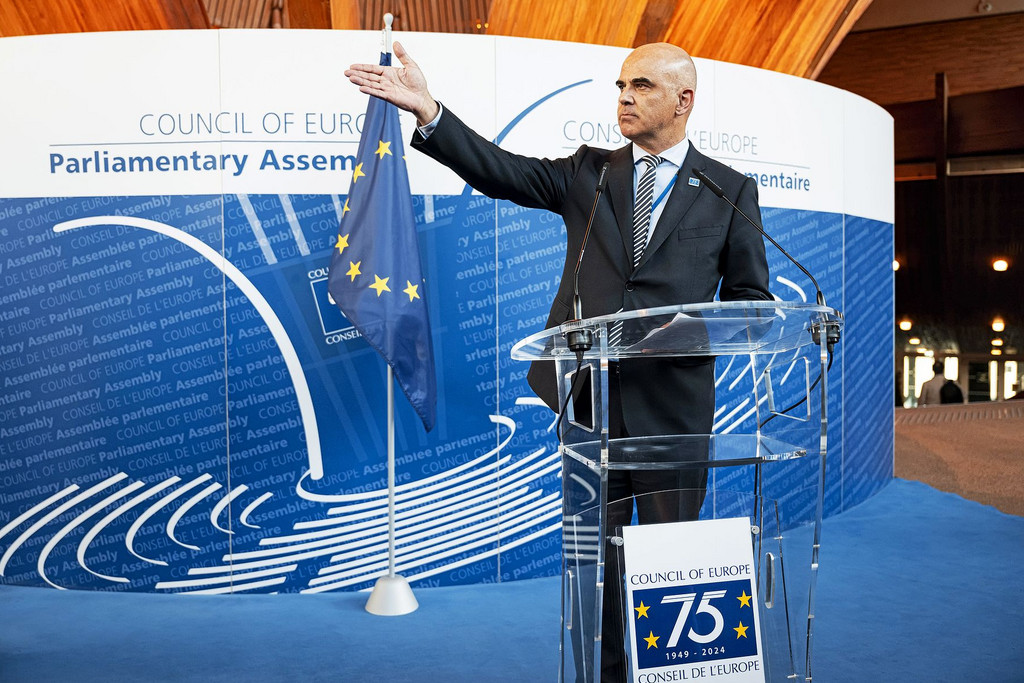
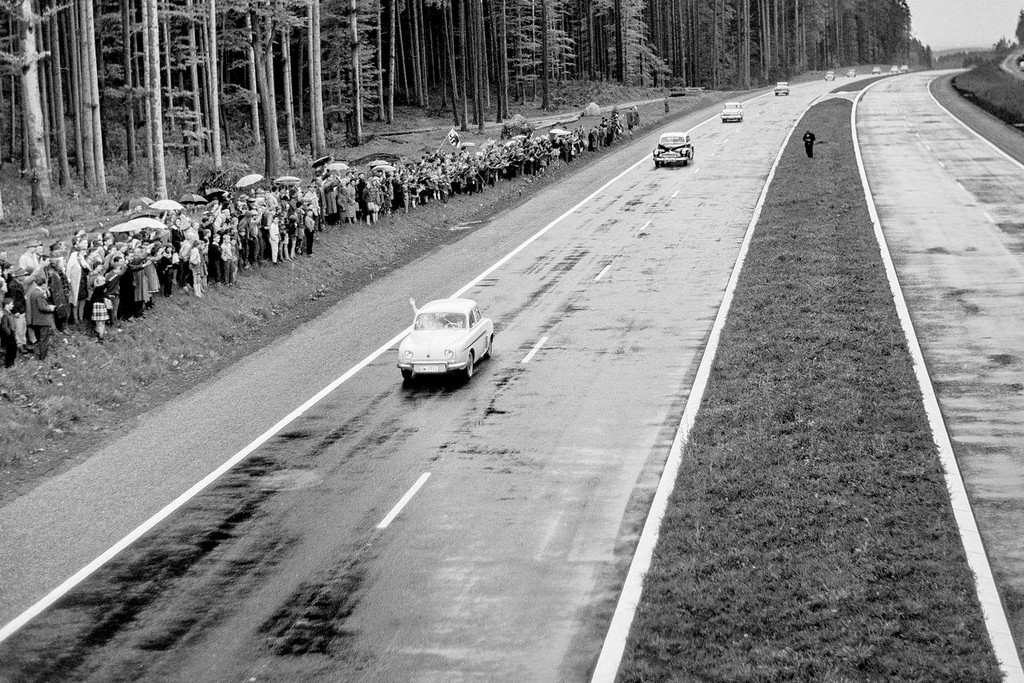
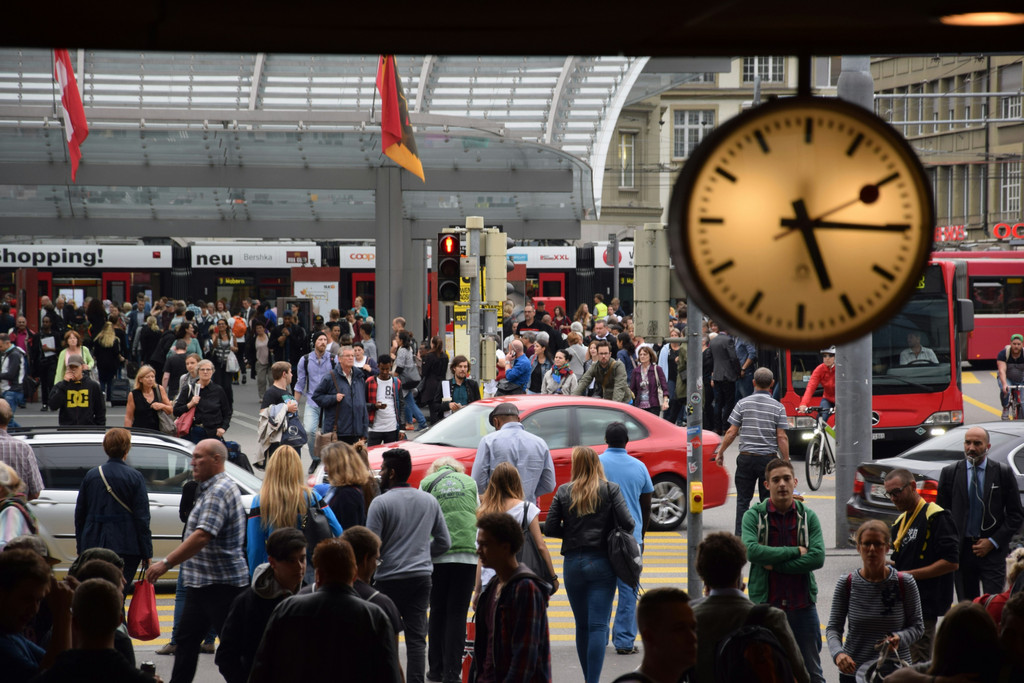
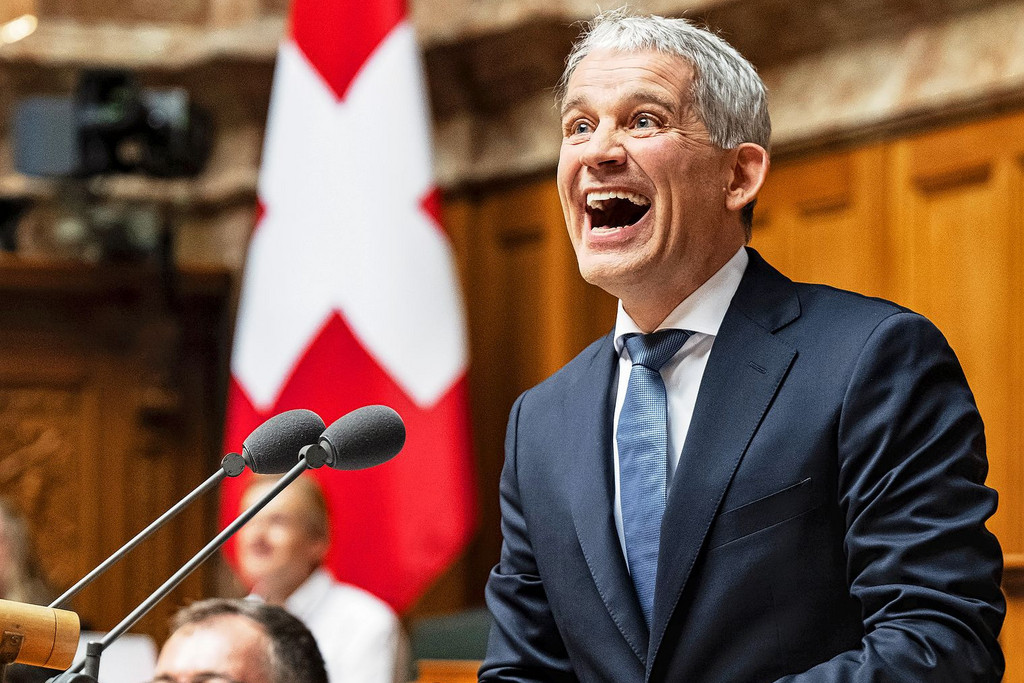
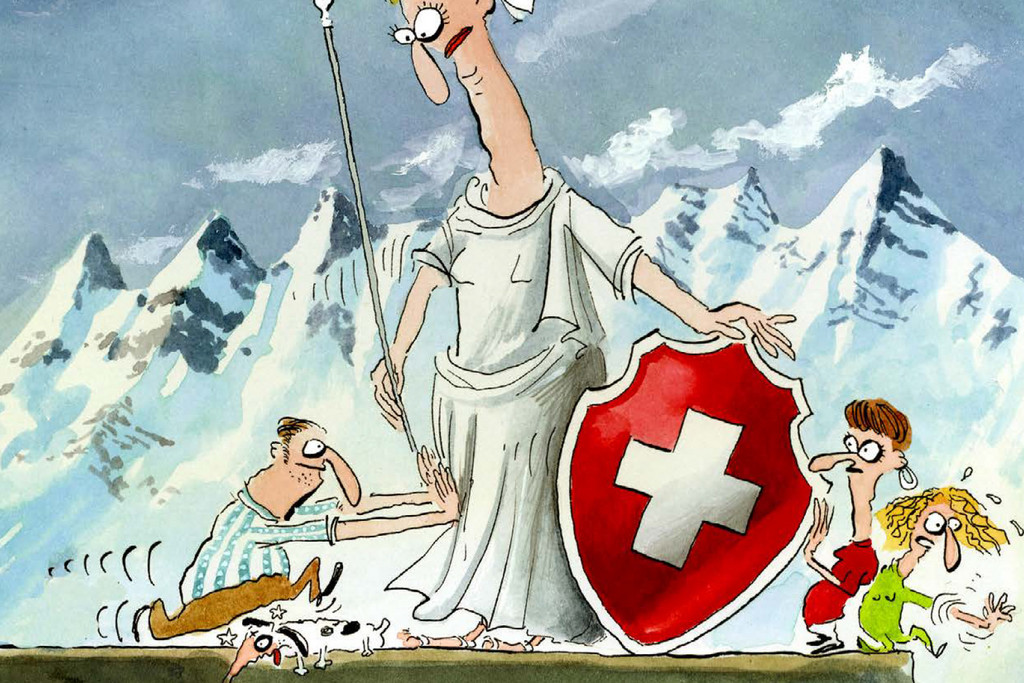
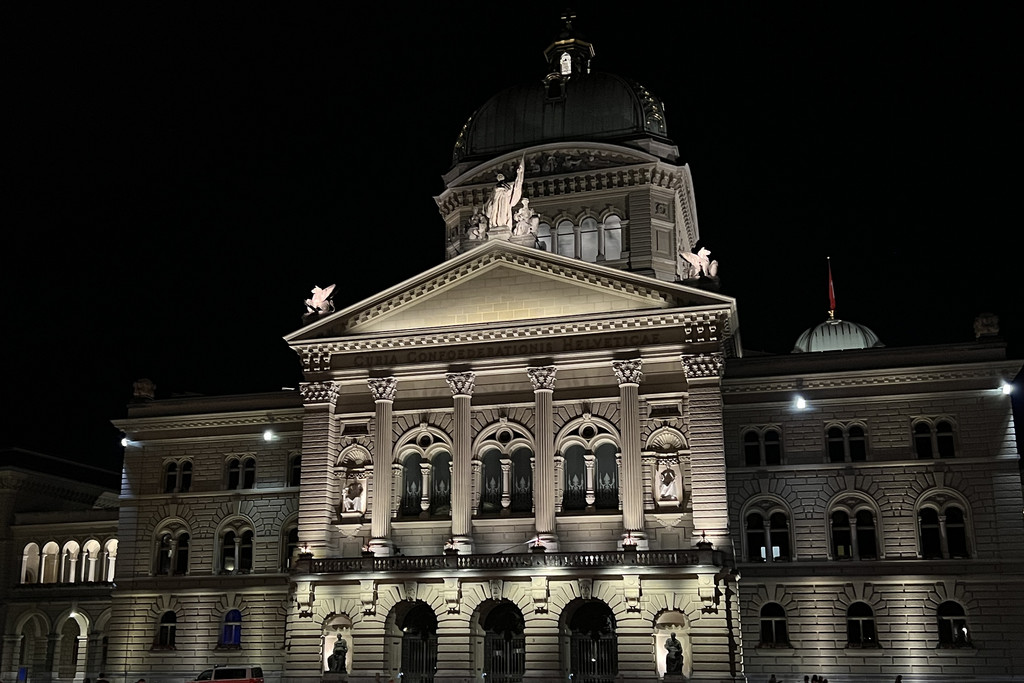



Comments
Comments :